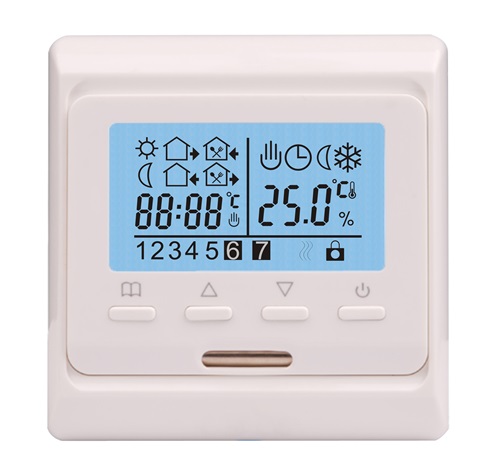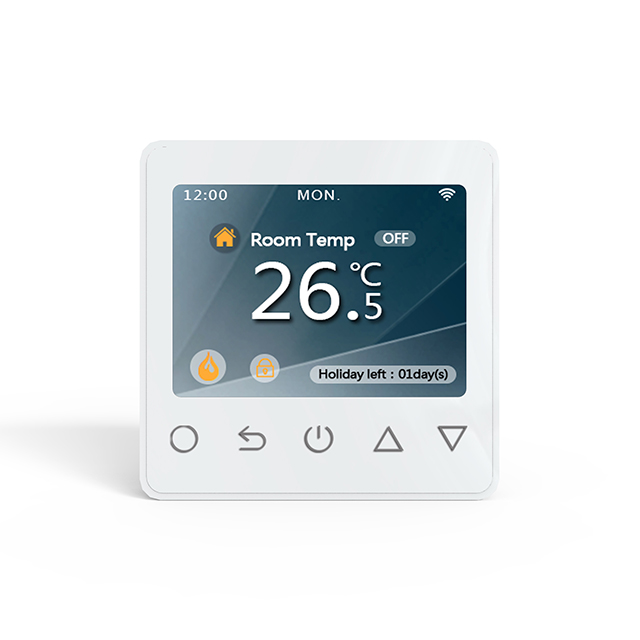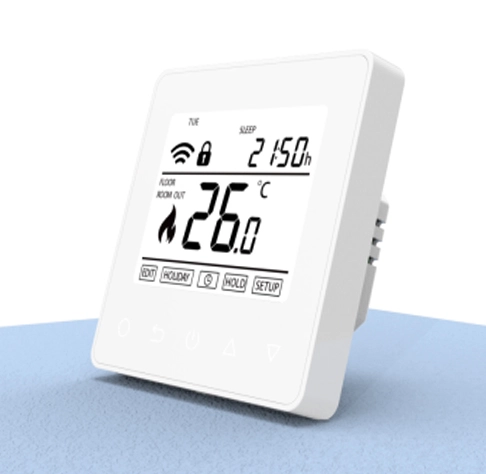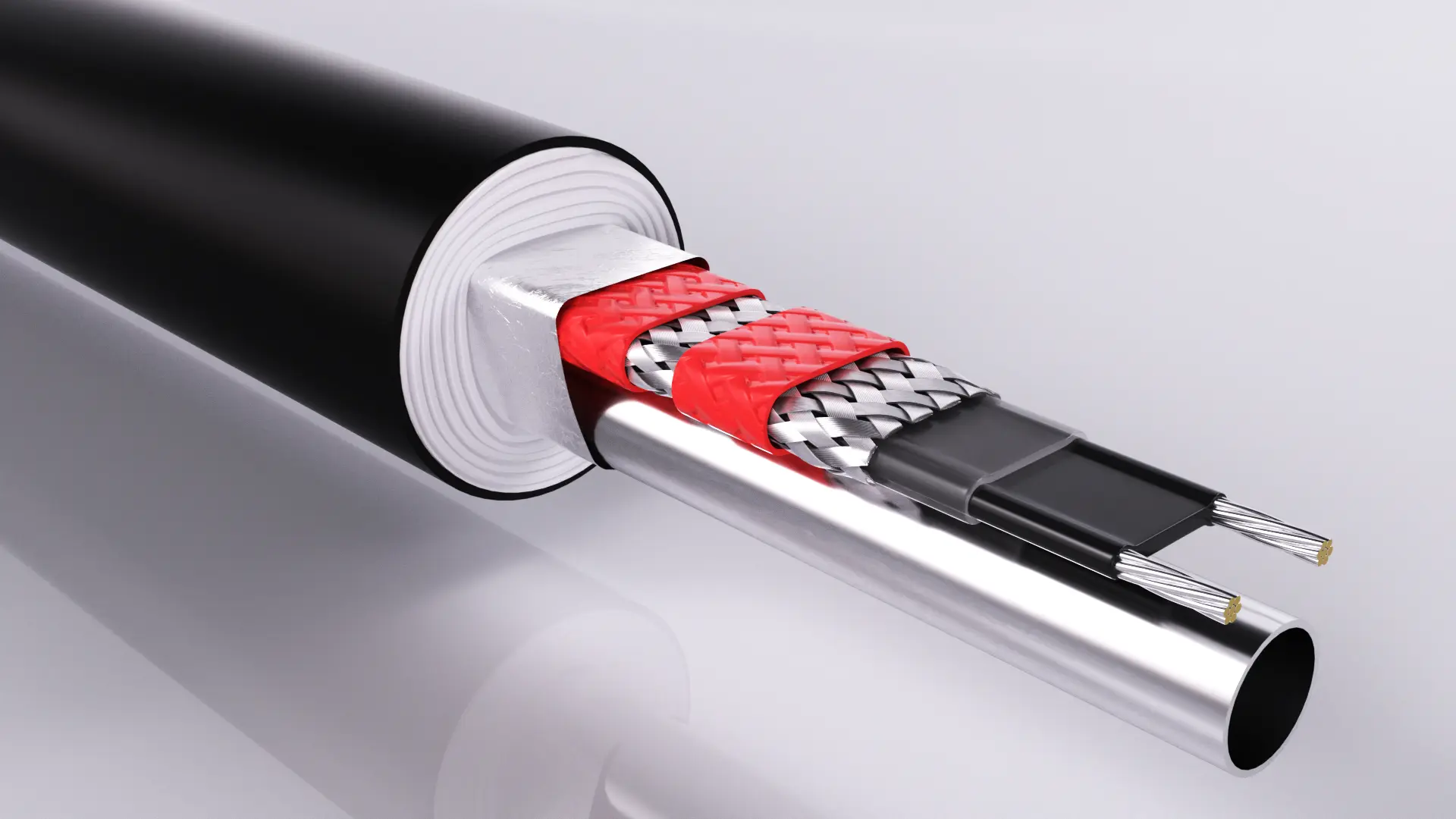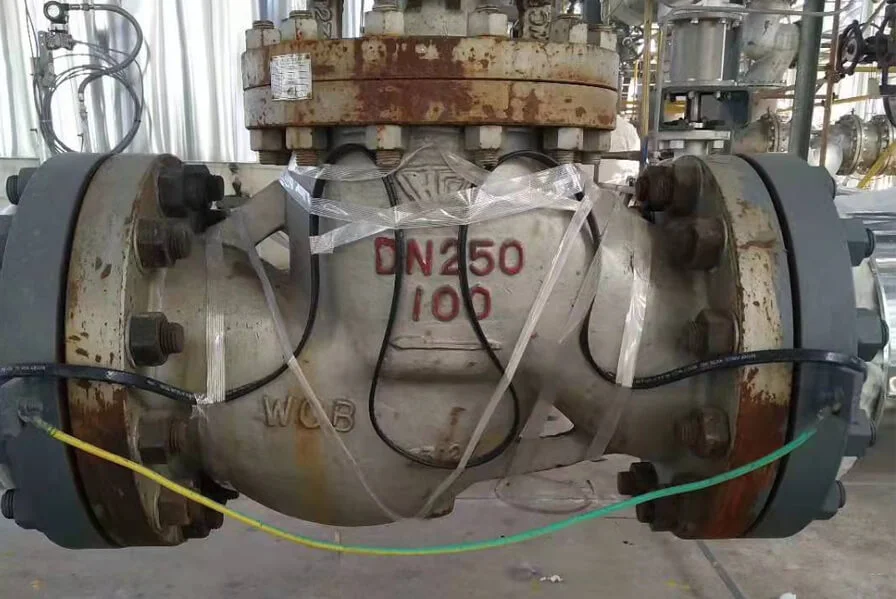There are significant differences between smart thermostats and programmable thermostats in terms of features, operation methods, level of intelligence, and user experience. Here is a detailed comparison of the two:
Feature Differences
Smart Thermostat
Equipped with Wi-Fi wireless transmission capabilities, can connect to a home wireless network.
Uses high-precision sensors to monitor indoor temperature in real-time and automatically adjusts the heating or cooling system based on the user-defined comfortable temperature.
Can intelligently learn the user's habits and automatically adjust indoor temperature to the most comfortable state.
Supports remote control, allowing users to operate via mobile apps, tablets, or computers anytime, anywhere.
Some models can also interact with other smart home devices for a more comprehensive smart home experience.
Programmable Thermostat
Users can manually set preferred temperatures for different time periods to achieve energy savings.
Generally lacks intelligent learning capabilities and requires users to manually program settings.
Offers simpler control methods, lacking smart algorithms and adaptive capabilities.
Operation Methods
Smart Thermostat
Easy to operate, users can control and set remotely through a smartphone app.
Supports voice control; some models can work with virtual assistants like Alexa, Google Assistant, and Siri.
Programmable Thermostat
Relatively complex operation, requiring users to manually program different time period temperatures.
Does not support remote control; users have to physically go to where the thermostat is located to operate it.
Level of Intelligence
Smart Thermostat
Highly intelligent, can automatically learn user habits and adjust indoor temperature.
Can automatically adjust the heating or cooling system's workload based on external weather conditions to improve efficiency.
Some models also feature virtual geofencing, automatically adjusting the thermostat when users leave or approach home.
Programmable Thermostat
Lower level of intelligence, mainly relies on manual programming by the user.
Lacks the ability to sense and adapt to external environments.
User Experience
Smart Thermostat
Provides a more comfortable and convenient living experience.
Users can check and control indoor temperature anytime via a mobile app, enhancing quality of life.
Some models have additional features like filter replacement reminders and remote sensors, further improving user experience.
Programmable Thermostat
Relatively simple user experience, mainly meets basic temperature control needs.
Lacks intelligent features and convenience, potentially requiring frequent manual adjustments from the user.
